A capital structure refers to the way a corporation organizes its finances to maximize growth. A corporation’s capital structure will involve the strategic use of funds to maximize profits and minimize debt. The overall goal is establishing a financially safe, or at least comfortable, balance between debt and equity. Leveraging different capital structures allows a business to establish its value and determine the best source of primary funds.
For analysts, capital structure is key to assessing a corporation’s value. Analysts use capital structures to determine how much the capital of a given corporation actually costs. In this way, the capital structure is a crucial aspect of how a corporation conducts business and secures future success.
Working Parts
Capital structures are commonly composed of a combination of debt and equity. Finding a balance between the current debt and available equity is how you will manage your capital structure as a corporation.
The most common sources of debt include:
Bonds
Long-term notes payable
Working capital requirements
The most common sources of equity include:
Common stock
Preferred stock
Retained earnings
When analyzing a corporation’s capital structure, analysts look at the debt-to-equity (D/E) ratio, thereby establishing the inherent risk or profit potential of that organization. While the risk that’s indicated by a corporate structure might be high, that doesn’t necessarily mean it’s a bad investment.
How Debt & Equity Work Together
When securing funding, a corporation has the opportunity to obtain funding via debt (in the form of bonds or notes payable) or equity (in the form of stocks). Depending on which option you choose, your company’s corporate structure will dictate a specific course of operation.
For the corporation that chooses to secure funding primarily through debt, the benefits include tax deductible interest payments and retained ownership rights. If the corporation utilizes debt for funding at times of low interest rates, the benefits only increase.
For corporations that choose to finance through equity, the obligation to pay back funds is eliminated. However, the corporation replaces that obligation with the need to share future earnings with other partial owners, reducing company control and available profits.
Leveraging Debt & Equity
As previously mentioned, a corporation can leverage different corporate structures to achieve the financial results they want to reach in the way they’re most comfortable operating. Depending on how quickly a corporation wishes to grow, one corporate structure will be much more advantageous.
For example, the corporation that wants to grow quickly, and has confidence in its ability to do so, will have no problem securing the majority of its funding from sources of debt. The equity that offsets the debt will be present, but the ratio will initially be weighed in favor of debt. That’s because the corporation will be positioned to ramp up profits, write off interest payments, pay off debt, and retain primary ownership of the corporation. If this is the route the company wants to go, it would be referred to as the optimal capital structure.
Analysts and investors alike would look at this sort of capital structure and recognize the inherent risk, along with the potential payoff. If you rely too heavily on debt, it might chase investors away. Whichever corporate structure you choose, make sure it’s one that sits well with your instincts regarding your corporation’s future growth and is a choice you’re comfortable supporting to shareholders and investors.

